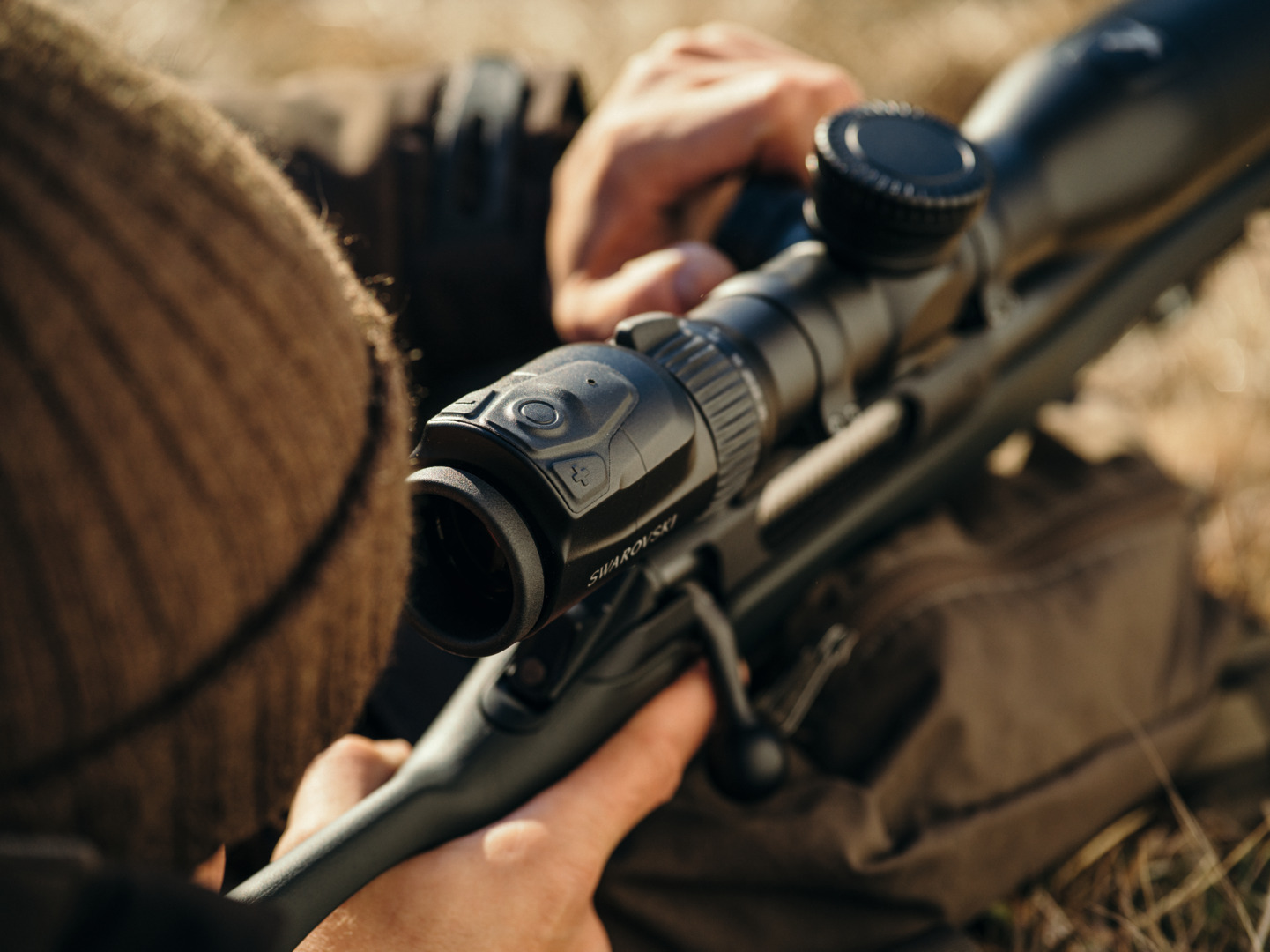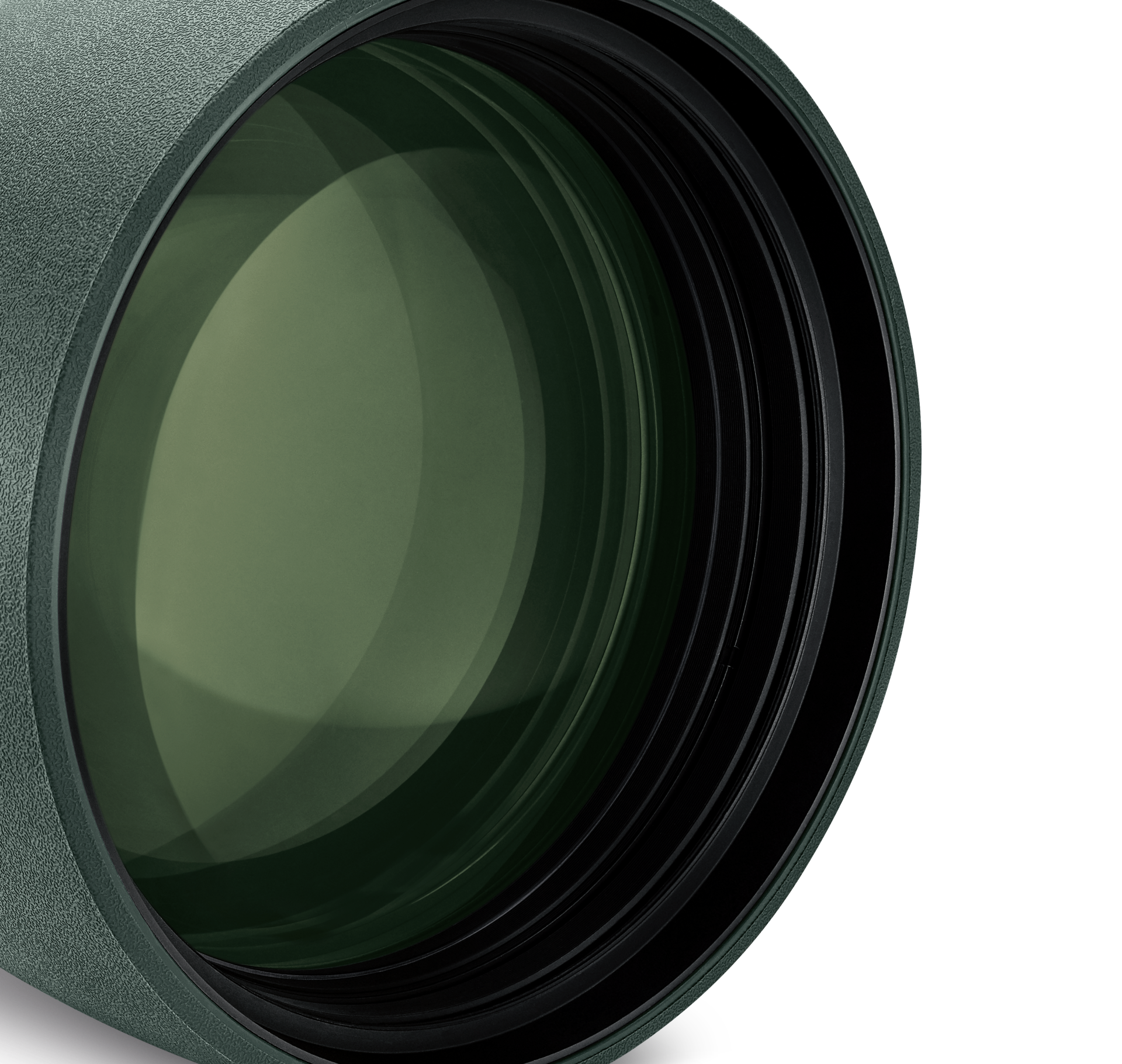SMART & INDIVIDUAL


Menu
Products
Intended use
Service


Product & Technical Services, Tips & Care, Tutorials, Downloads, Declarations of conformity

The dS automatically displays the correct aiming point and all the data you need in high resolution and in real time. Hunters no longer need to adjust the rifle scope manually, making it much easier to tackle long-range shots.
SMART & INDIVIDUAL


The dS automatically displays the correct aiming point and all the data you need in high resolution and in real time. Hunters no longer need to adjust the rifle scope manually, making it much easier to tackle long-range shots. The aiming point is calculated based on precise distance measurement, the angle of fire, the magnification selected, air pressure, temperature, and the ballistic data for your personal firearm/ammunition combination.
The dS Configurator App is used to enter the data on your firearm/ammunition combination and to configure the display. The ballistic curve and your individual display configurations are then transferred directly to the dS quickly and easily via Bluetooth.
 4A-I
4A-I dS Gen. II 5-25x52 P
dS Gen. II 5-25x52 PQuality product and I have multiple Swarovski scopes.
For me, the best product for hunting. Great service. Made in Europe / Austria. Great brand.
It's been a little tricky sighting it in.
My DS scope is not quite performing as it should.
 Customer ServiceMO - TH 8:00 - 17:00 AND FR 8:00 - 12:0000800 3242 5056customerservice@swarovskioptik.com
Customer ServiceMO - TH 8:00 - 17:00 AND FR 8:00 - 12:0000800 3242 5056customerservice@swarovskioptik.com